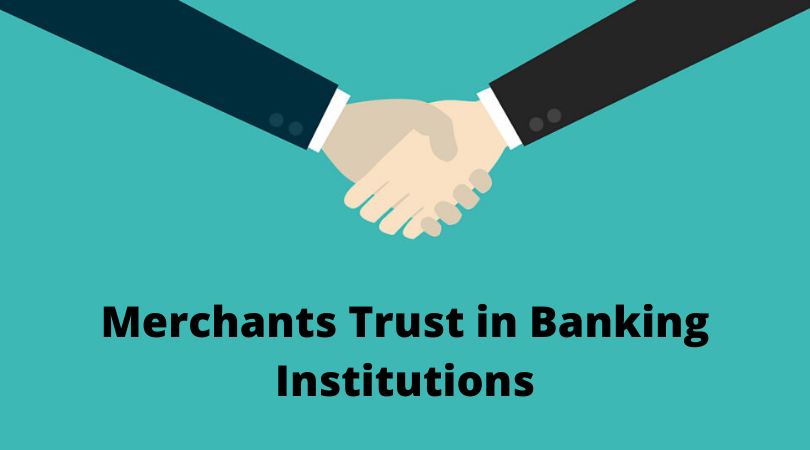We are accessible 24/7 for your convenience. If you have any questions about our service, please free to contact us.
The Edelman Trust Barometer, a large international public relations agency, annually conducts a global study of consumer confidence in companies from various industries. Its results are unlikely to please owners and managers around the world. Since 2008, the level of customer confidence in the information that the business informs people has been steadily declining (with the exception of technology companies).
The banking industry here is among outsiders. If we take the figures for all survey participants, it turns out that 47% of respondents trust banks, and the level of trust among an informed audience aged 35 to 64 is even lower – 40%. This is global data.
A certain correction should be made for the crisis phenomena of recent years. The picture of large-scale problems created by the banks in the media could not but affect the mood in society. Although most banks have adequately dealt with the manifestations of recent crises – real or far-fetched. It should be noted that bankers began to pay more attention to educating customers, trying to explain to them all the features of using banking products and services. But you can’t ignore the trend of declining consumer confidence in the banking sector.
The question is how to fight for this trust. As part of the Edelman Trust Barometer study, respondents were asked to mention the ones they trust in the list of companies, after which analysts evaluated the factors affecting trust (each company from the list was described in advance by several properties known only to the study authors). The main criteria affecting consumer confidence were operational performance indicators:
But when consumers were offered to choose the factors on their basis on which they trust commercial organizations, the main indicators were not numbers, but a good attitude towards customers. The main factors in the list of consumers are the ability to listen to customer requests, the high quality of products and services, ethical principles and the willingness to put the customer ahead of profit.
The results of this study overlap with the analysis of the reasons why the consumer chooses banking services. It was traditionally believed that the main motive for choosing is the desire to minimize risks.
At the same time, the primary choice of a bank in most cases meant loyalty of the client to this particular financial institution: the level of direct participation of the clients in the process of servicing and rendering services was too low, but the cost of leaving to another bank, on the contrary, was high.
With increasing competition in the banking market and the development of the information society, customers have become less inert. Their new generation is no longer ready to maintain loyalty to one financial institution for a long time only because it once used its services. People begin to demand the satisfaction of personal needs, as they know that there are many banks, and expect from them something more than just providing standard services. Therefore, the main reasons for choosing a bank is satisfaction with the quality of the services and processes that accompany it.
Information that a particular bank meets the needs of customers cannot be transferred via standard marketing communication channels. It is difficult to describe the excellence of your business processes in a television commercial or to talk about ethical principles in leaflets placed in offices – these marketing tools should pursue more measurable goals.
They’ll best talk about how you feel about customers. That is why the attitude of clients towards youк institution should be measured and included in business performance indicators. There is a wonderful Net Promoter Score (NPS) indicator that shows the number of customers who are ready to recommend you to their friends.
This ratio is easy to calculate using both internal (call center) and external (special agencies) resources, and its inclusion in the list of performance indicators really makes top management seriously think about how to make customer service better. In any case, the example of the bank, where in 2011 the first NPS was included, confirms this.
Please feel free to contact us. We will get back to you with 1-2 business days.

